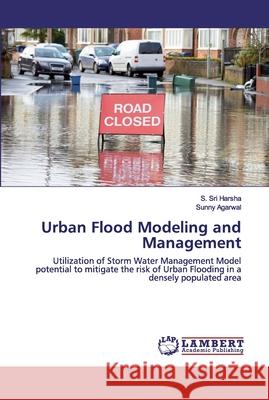Urban Flood Modeling and Management » książka
Urban Flood Modeling and Management
ISBN-13: 9786202531764 / Angielski / Miękka / 2020 / 72 str.
Increasing population and migration of people to cities around the globe causes improper urbanization issues, because of this urban infrastructure is densely preoccupied.The acute acceleration in urban advancement has prompted an expansion in impermeable zones and a reduction in vegetated surfaces. At the same time, anthropogenic activity of human in cities disturbs the water cycle, resulting urban heat island effect. All these leads to the inception of urban flooding situations in a localized area. Urban areas are the major hotspots for the origination of floods. Occupying the surfaces with various impervious surface features there is an opportunity of changeover of rainfall to runoff which results in flooding. Variations of atmospheric changes is also a crucial factor for precipitation events in unusual times that outcomes in rising flood peaks. Volume of runoff from the investigation area is assessed by adopting Storm Water Management Model (SWMM). The major purpose of utilizing SWMM is to monitor the quality along with quantity of overflow originating from the sub catchments. The SWMM functions on collection of rainfall from various sub catchments then generates runoff.











